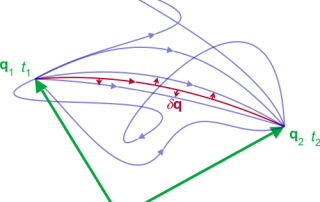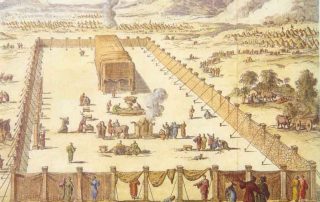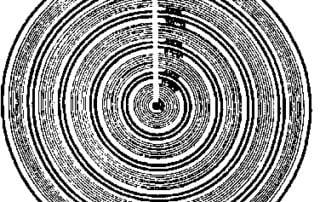The Mystery of the Eighth Day
And on the eighth day, the flesh of his foreskin shall be circumcised. Leviticus 12:3 In the Torah portion of Tazria, we are commanded to circumcise a male child on the eighth day. In the previous Torah portion, Shemini, we read that the dedication of the Tabernacle (Mishkan) also took eight days, and only on the eighth day the Shechinah (“divine presence”) rested on it. What is the significance of the eighth day? Chasidic philosophy interprets the eighth day as the day after seven days. In numerous writings (ma’amarim) and talks (siḥot), the Rebbes of Chabad stated that seven days represent nature, whereas the eighth day is a day above nature.[1] The eighth day represents the supernatural. Why, you may ask, do the seven days represent nature? We are told that the number [...]









